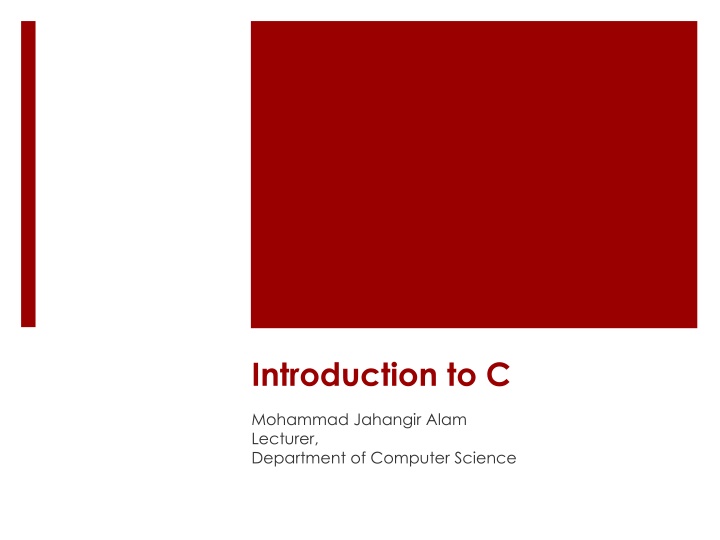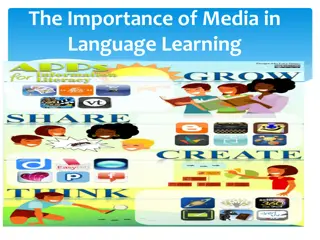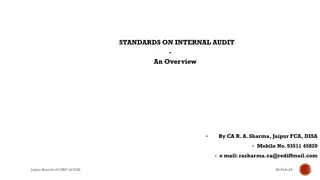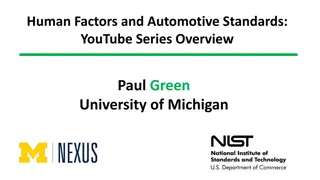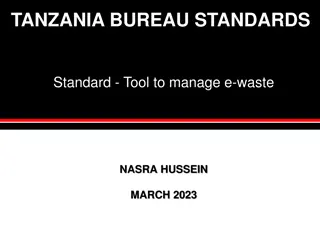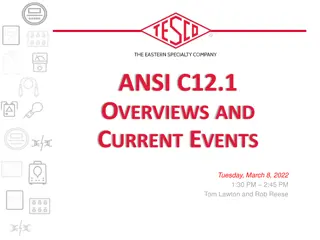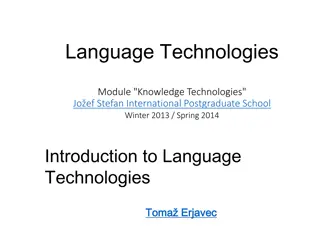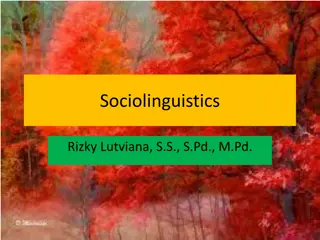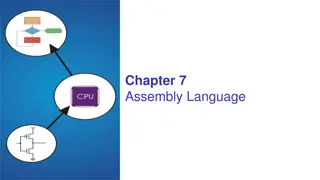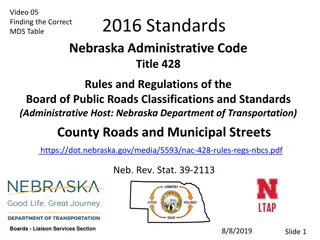Introduction to C Language History and Standards
The history and standards of the C programming language, from its development at Bell Labs in 1972 to the ANSI C standard. Learn about the features, uses, and why C is termed a middle-level language
Download Presentation

Please find below an Image/Link to download the presentation.
The content on the website is provided AS IS for your information and personal use only. It may not be sold, licensed, or shared on other websites without obtaining consent from the author.If you encounter any issues during the download, it is possible that the publisher has removed the file from their server.
You are allowed to download the files provided on this website for personal or commercial use, subject to the condition that they are used lawfully. All files are the property of their respective owners.
The content on the website is provided AS IS for your information and personal use only. It may not be sold, licensed, or shared on other websites without obtaining consent from the author.
E N D
Presentation Transcript
Introduction to C Mohammad Jahangir Alam Lecturer, Department of Computer Science
C Language History The C language is a structure oriented programming language, developed at Bell Lab (AT&T) in 1972 by Dennis Ritchie C language features were derived from an earlier language called B (Basic Combined Programming Language BCPL) C language was invented for implementing UNIX operating system In 1978, Dennis Ritchie and Brian Kernighan published the first edition The C Programming Language and commonly known as K&R C In 1983, the American National Standards Institute (ANSI) established a committee to provide a modern, comprehensive definition of C. The resulting definition, the ANSI standard, or ANSI C , was completed late 1988.
C language standards C89/C90 standard First standardized specification for C language was developed by the American National Standards Institute in 1989. C89 and C90 standards refer to the same programming language. C99 standard Next revision was published in 1999 that introduced new features like advanced data types and other changes.
Features of C language Reliability Portability Flexibility Modularity Efficiency and Effectiveness
Uses of C language The C language is used for developing system applications that forms a major portion of operating systems such as Windows, UNIX and Linux. Below are some examples of C being used. Database systems Graphics packages Word processors Spreadsheets Operating system development Compilers and Assemblers Network drivers Interpreters
C is Middle Level Language There are following reason that C is called Middle Level Language as: C programming language behaves as high level language through function, it gives a modular programming and breakup, increased the efficiency for resolvability. C programming language support the low level language i.e. Assembly Language. C language also gives the facility to access memory through pointer. Its combines the elements of high-level languages with the functionalism of assembly language. So, C language neither a High Level nor a Low level language but a Middle Level Language.
The C language is a structured language
Key points to remember in C language The C language is structured, middle level programming language developed by Dennis Ritchie Operating system programs such as Windows, Unix, Linux are written in C language C89/C90 and C99 are two standardized editions of C language C has been written in assembly language
C language tutorial reference E- books & research papers [ANSI 89] American National Standards Institute, American National Standard for Information Systems Programming Language C, X3.159-1989. [Kernighan 78] B. W. Kernighan and D. M. Ritchie, The C Programming Language, Prentice-Hall: Englewood Cliffs, NJ, 1978. Second edition, 1988. [Thinking 90] C* Programming Guide, Thinking Machines Corp.: Cambridge Mass., 1990.
